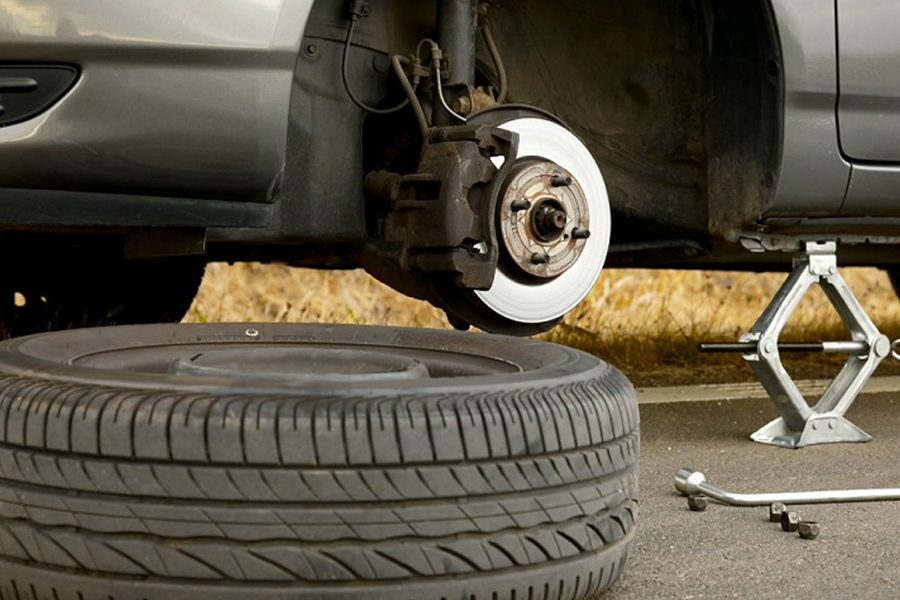A regular maintenance regimen can extend a vehicle’s life. The 30-60-90 rule guides vehicle maintenance at 30,000, 60,000, and 90,000 kilometres. Each checkpoint is tied to specific maintenance tasks to prevent automotive deterioration. By knowing what services are needed at these intervals, you can keep your car in top shape and avoid unanticipated repairs.
The Test of 30,000 Miles
For many cars, 30,000 miles is the first major maintenance interval. Several crucial check-ups and treatments are advised now. First, replace the oil filter and change the oil to keep your engine running smoothly. Check and replace air filters for optimal engine performance and fuel efficiency. Check the fuel filter because a clogged filter might decrease engine performance. At 30,000 miles, a tire rotation and braking system inspection are usually done. This ensures appropriate brake operation and prevents tire wear. Coolant and windshield washer fluid levels should be checked and topped off as needed.
60,000 Mile Maintenance Milestone
After 60,000 miles, your car may need further maintenance. Oil maintenance, tire rotations, and timing belt replacement are recommended by experts. Timing belts can damage engines, so they must be replaced in many cars. It’s also advised to flush coolant to remove contaminants and prevent engine overheating. Brake and transmission fluids should also be checked and updated because they degrade over time and affect performance. Spark plugs are frequently changed at this milestone to boost engine power and efficiency. Routine maintenance can now boost fuel efficiency and car lifespan.
Reaching Peak at 90,000 Miles
90,000 kilometres suggests your car needs additional work. Many services from prior milestones are still appropriate, but wear and tear require fresh inspections. A complete brake inspection is necessary since pads, rotors, and fluid may need maintenance. To prevent critical parts from breaking, check hoses and belts for wear and cracks. Many manufacturers recommend cleaning the power steering and gearbox fluids at this distance for best performance. Manual transmission fluids can also degrade over time, thus they may need to be replaced.
Preventive Maintenance Benefits
Following the 30-60-90 rule can greatly reduce unanticipated failures and costly repairs for car owners. Preventive maintenance extends automotive life and boosts value. Well-maintained cars look attractive when sold or traded in. Accordingly, this recommended maintenance schedule helps uncover minor issues before they become major ones. For expert assistance in adhering to this maintenance schedule and ensuring your vehicle’s reliability, consider Auto Services in Blue Springs, MO. Regular maintenance gives you peace of mind that your car is reliable and safe.
Conclusion
For specific manufacturer recommendations, consult your car’s owner’s manual. The 30-60-90 rule is a great general guideline. Distinct car types have distinct needs and deadlines, therefore you must adapt your maintenance plan. The 30-60-90 guideline helps car owners manage their maintenance regimens. By tracking these mileage marks, one may maintain their car running efficiently and reliably for years to come.





